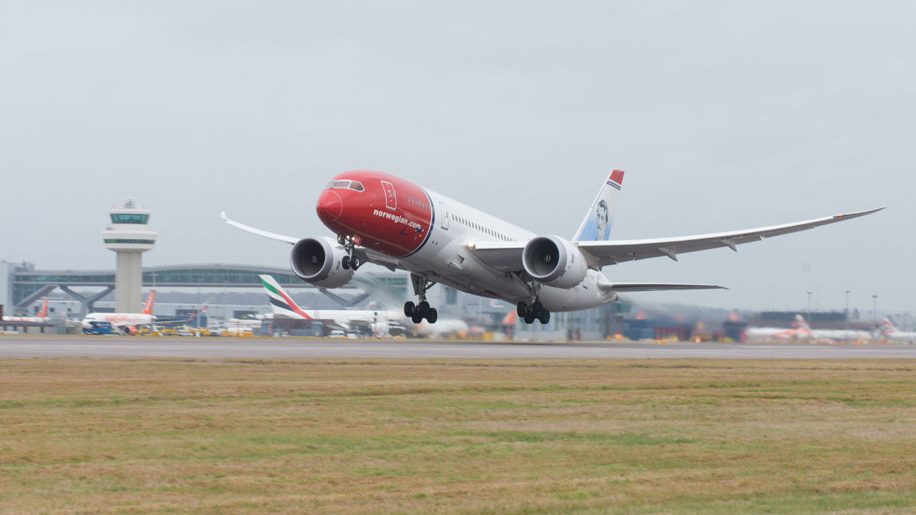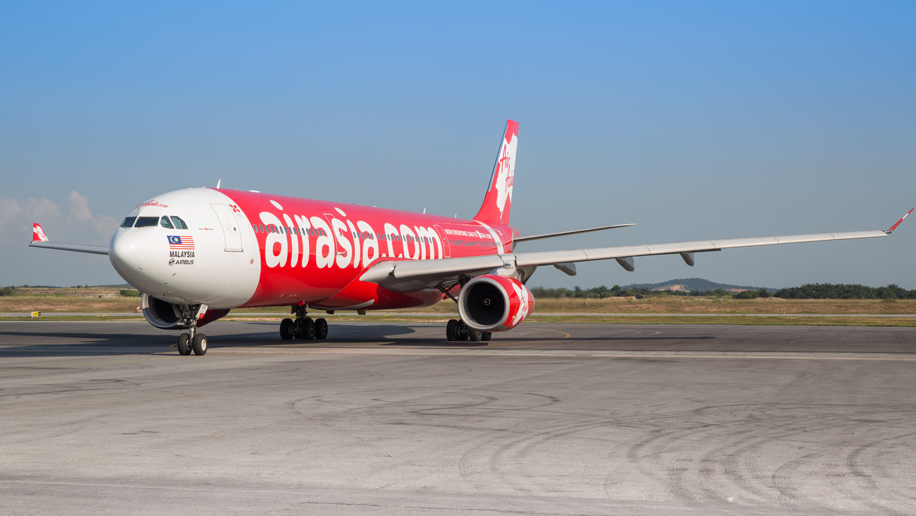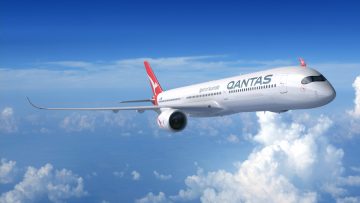
What are the obstacles to cheaper tickets on longer routes?
One of the mysteries of flying long distance at low-cost is why some routes do better than others. Why, for example, are transatlantic routes from Europe more suited to low-cost airlines than routes to Asia and Australasia?
First, some history. Low-cost transatlantic flying has been around for decades. In the 1970s I worked in the travel trade and sold many seats on what were then branded as ‘quasi-scheduled charter airlines’. These were numerous. Most operated between the UK and North America. Indeed, transatlantic low-cost flying can trace its history as far back as 1948 when Iceland’s Loftleidir (the forerunner of today’s Icelandair) launched transatlantic flights.
Because IATA rules at that time ensured one airline did not undercut another, Loftleidir circumvented IATA’s rules by not joining IATA and flying out of Luxembourg (via Reykjavik) to the US. Services expanded in the 1960s and 1970s with larger prop-aircraft, later followed by DC-8 jets. Travellers based outside Luxembourg were taken there by bus from a number of European cities to join the flight.
But it was in 1977 when scheduled low-cost transatlantic travel really came of age thanks to Sir Freddie Laker and his Skytrain. One-way tickets London Gatwick to New York JFK were sold for £59. At the time this was considered an unbelievable fare and readers must remember that in 1977 there were no taxes/fees/charges to inflate the final price.
Since Laker’s days, a multitude of low-cost airlines has entered the transatlantic route. Almost all have failed, yet the voluminous Europe-North America market does not prevent newcomers from having a go. Witness Norse Atlantic and Iceland’s budget carrier, Play. So why is Asia and, say, Australia so different for low-cost out of Europe? The simple answer is that it is because when flying to North America airlines route across the Atlantic, so it is not necessary to negotiate with a multitude of nations to secure overflying rights and pay navigational fees.

Overflying fees
Another factor is aircraft utilisation. A return flight to Asia or Australia takes up far more flying hours than a transatlantic service. Consider that a flight departing London for Sydney on a Sunday evening would not arrive back until Thursday morning.
Yes, there can be shorter routings to Asia when overflying Russia but no reputable airline would overfly Russia at the present time. And overflying Russia means airlines must pay royalty fees which inflates prices. (Russia did not sign the Chicago agreement for ‘freedoms of the air’ so it can choose which airlines can transit its territory.)
That brought about the downfall of Norwegian long-haul when it sought, initially, to operate between Scandinavia and North East Asia via Russia. The concept was sound. At that time all air fares between Europe, Scandinavia and destinations in China, Japan and South Korea were on the high side. But Norwegian’s negotiations with Russia failed. Why?
That’s a secret, but analysts believe it was because Norwegian was unable to strike a suitable deal. It might have amounted to a couple of hundred US dollars per passenger based on flying a round-trip. By the time these payments were incorporated into the final price a low-cost carrier wouldn’t have been able to offer much saving to travellers. Hence Norwegian turned its attention to the liberal transatlantic market.
Another crucial factor with Asia is the number of ‘sixth-freedom’ carriers operating en route. These are mainly Gulf national airlines which not only offer a variety of service points at both ends but price keenly with full-service included.
For example, if you were a member of the Malaysian community in Glasgow or Manchester would you want to travel to Gatwick just to board Air Asia X’s flight? The costs of travelling south, higher still if accommodation were needed, would swallow any savings. Surely it’s simpler, faster and doubtless less expensive to fly with a Gulf carrier from a local airport?

A cautionary tale
It meant that after several years of serving London and Paris, Air Asia X retreated from Europe in 2012. I remember reporting that, on some days, the Gulf carriers undercut Air Asia X on price. At the time Azran Osman-Rani, chief executive of Air Asia X, blamed his airline’s withdrawal from Europe on high fuel costs and the UK’s Air Passenger Duty. Only later did group chief executive Tony Fernandes admit it was also competition from Gulf carriers.
Osman-Rani said the “sweet spot” (for fuel consumption) was a flight lasting around eight hours. This one factor gives the Gulf airlines a priceless advantage because most flights are around this time limit. It’s interesting that now Air Asia X plans a return to Europe later this year, it will operate Kuala Lumpur-Dubai-London Gatwick rather than nonstop as before. (However, whether this route does start is a moot point as launch date is getting close.)
Although conducted in 2017, an interview by Business Traveller’s editorial director Tom Otley with Peter Bellew, then chief executive of Malaysia Airlines, is as relevant today as it was five years ago. Bellew maintained that the threat from long-haul, low-cost carriers was overstated and a rise in the price of oil would cause them difficulty.
“All I ever read about is low-cost long-haul, but worldwide, what is it – 40 or 50 aircraft out of an overall widebody fleet of probably 4,000 or 5,000?” he said, pointing out low-cost long-haul only worked when the price of oil was low. “The economics don’t make sense,” he added.
“Air Asia [X] is the biggest of them all,” Bellew said, “And it has some 26 planes and it never made any money until last year when oil was at historic lows and Malaysia Airlines was on its knees and hadn’t done any marketing for 12 months.”
Roll forward to 2022 and in the intervening years Air Asia X was grounded during the pandemic, severely curtailing any expansion. Only now is it poised to restart operations.
Norwegian saw some success on the transatlantic route, but thought it would try South East Asia since it’s not essential to route over Russia to reach destinations such as Bangkok and Singapore. Bangkok was a logical choice as Norwegian operated out of Scandinavia and its nationals like South East Asia, especially during the winter months. Norwegian also started London-Singapore but this route was soon axed. As for Bangkok… well, the route was suspended at the time of the pandemic and has not restarted.
Next came Singapore Airlines’ budget carrier Scoot, which launched London-Bangkok-Singapore but, again, flights were later axed. However Scoot’s other services from Berlin and Athens to Singapore continue to operate (at the time of writing) on a limited basis.
Finally, we are discussing the long-haul market out of Europe. The situation may vary in other parts of the world but the message for long-haul low-cost is that only certain routes will work, and it is unlikely to make up a big part of the market. As Bellew said, even on transatlantic routes from Europe to the US, “It’s a tiny fraction of all the seats across the Atlantic… and it’s probably servicing customers the other airlines don’t want. On long-haul with oil prices at the normal medium level you need 25 or 30 people upfront paying business fares. The economics of the planes don’t work out otherwise.”












